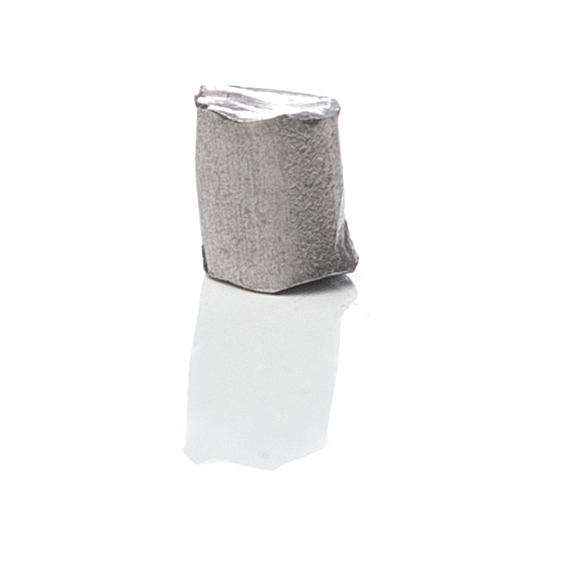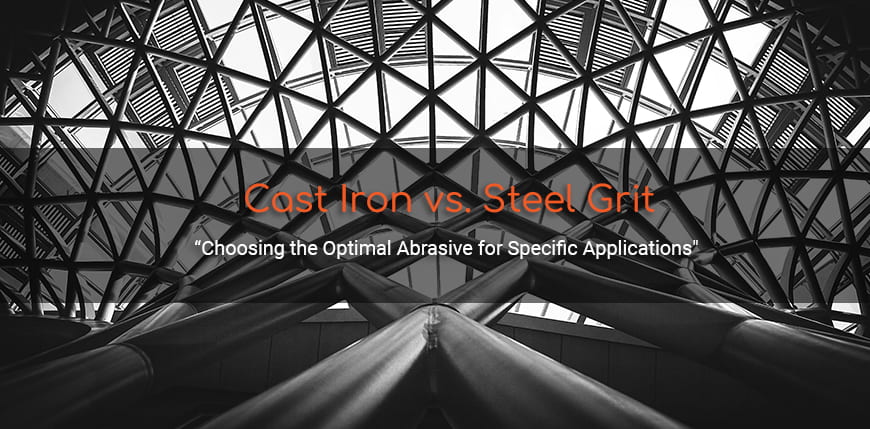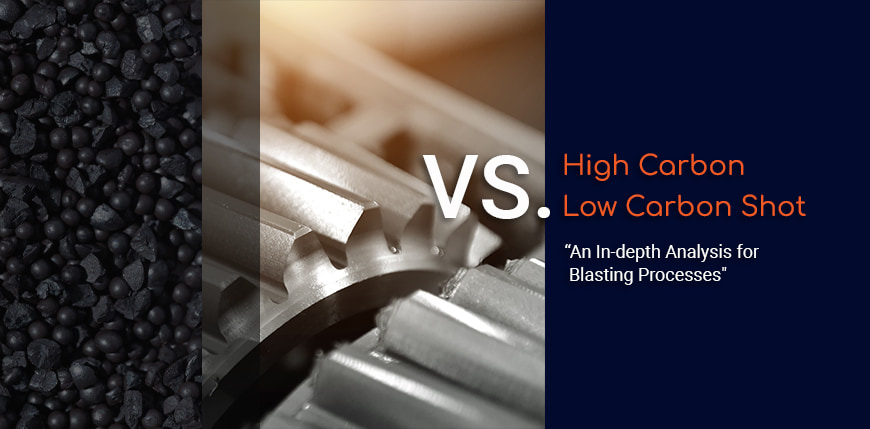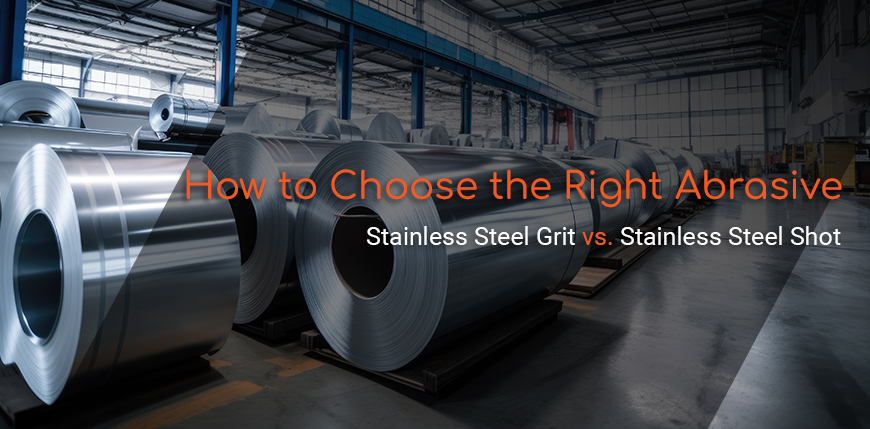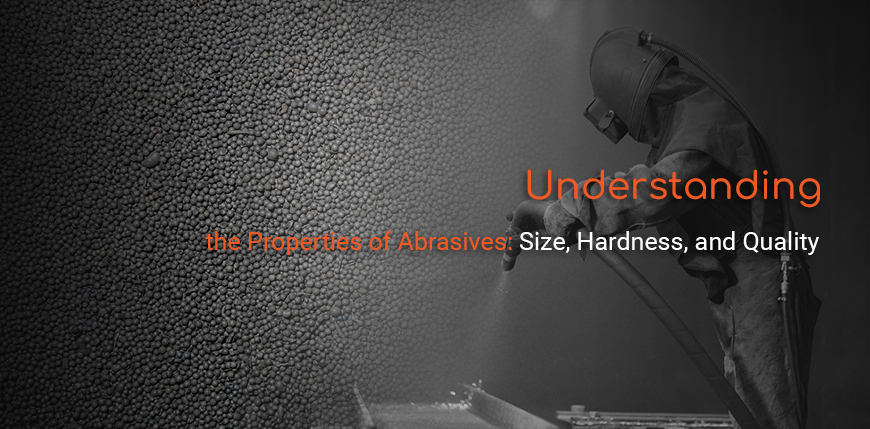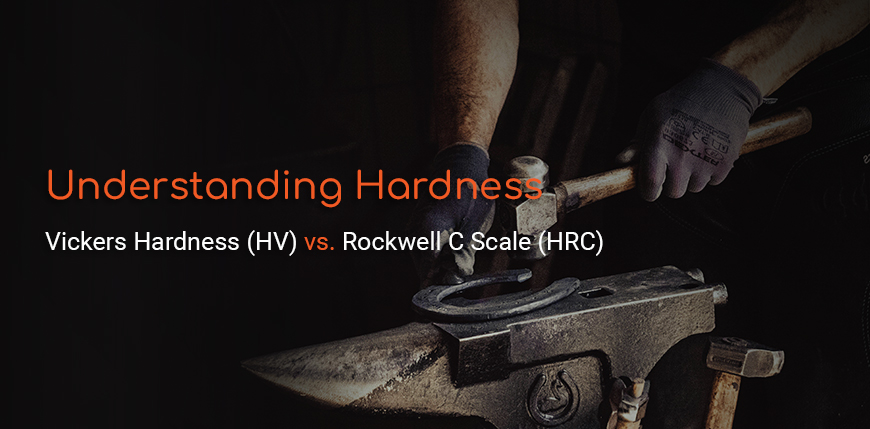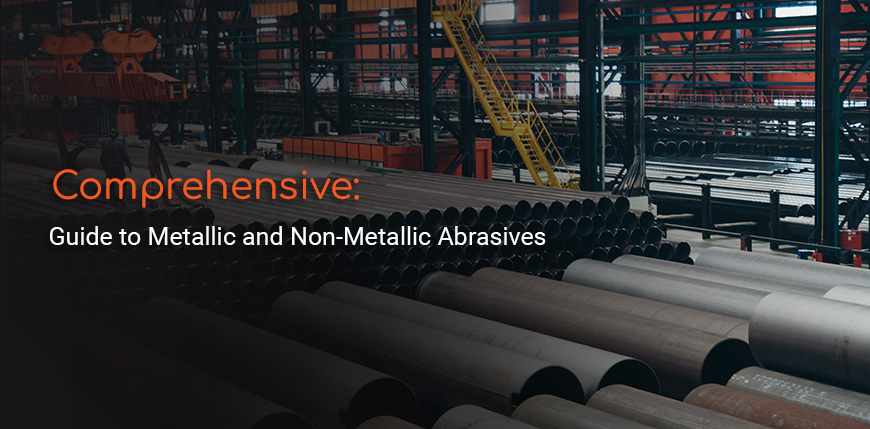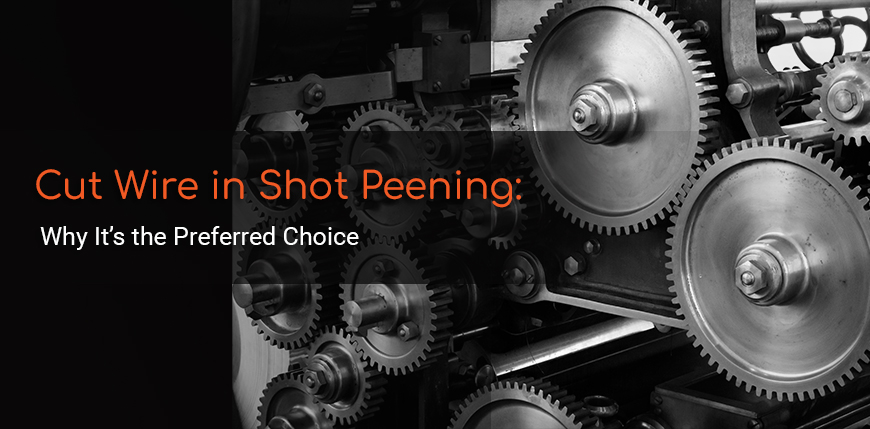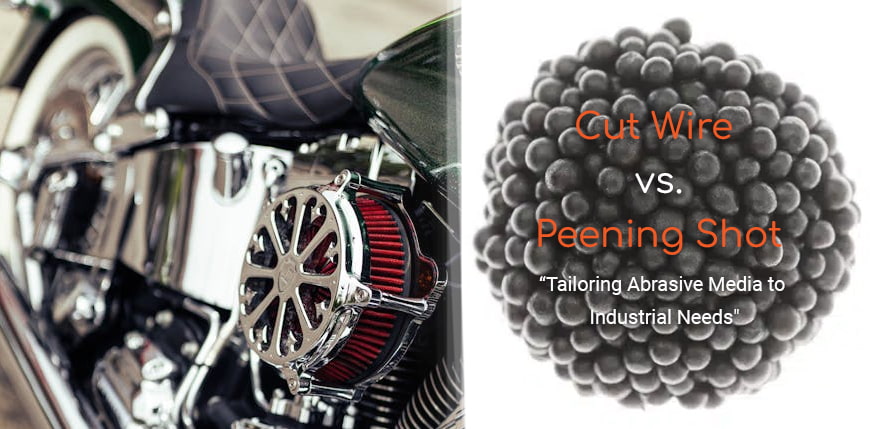
In the critical realm of shot peening, a process fundamental to enhancing the fatigue strength of safety-critical parts, the choice of abrasive media—cut wire versus peening shot—plays a pivotal role. This comparison delves into their differences in performance, longevity, and surface finish, alongside their suitability for various industrial applications, particularly where precise specifications dictate the media used.
Performance and Longevity: Cut Wire's Superior Durability
Cut wire abrasives boast a higher durability compared to traditional peening shots, primarily due to their manufacturing process and composition. Unlike peening shot, cut wire does not fragment or lose its shape as quickly, which translates to a more consistent performance over a longer period. This attribute is particularly beneficial in applications where maintaining the integrity of the blast media is crucial to achieving uniform surface treatment. However, the enhanced durability of cut wire comes with the caveat of requiring more meticulous process management and expertise to optimize its use effectively.
Surface Finish and Hardness: Peening Shot's Versatility
Peening shot, while generally more cost-effective than cut wire, offers the advantage of achieving higher hardness levels, which can exceed 700 HV. This characteristic makes peening shot particularly suitable for industries requiring high-intensity treatments, such as the automotive and aerospace sectors. The ability to select from a wide range of hardness levels with peening shot allows for a tailored approach to surface treatment, ensuring the desired peening intensity is achieved without compromising the substrate's integrity.
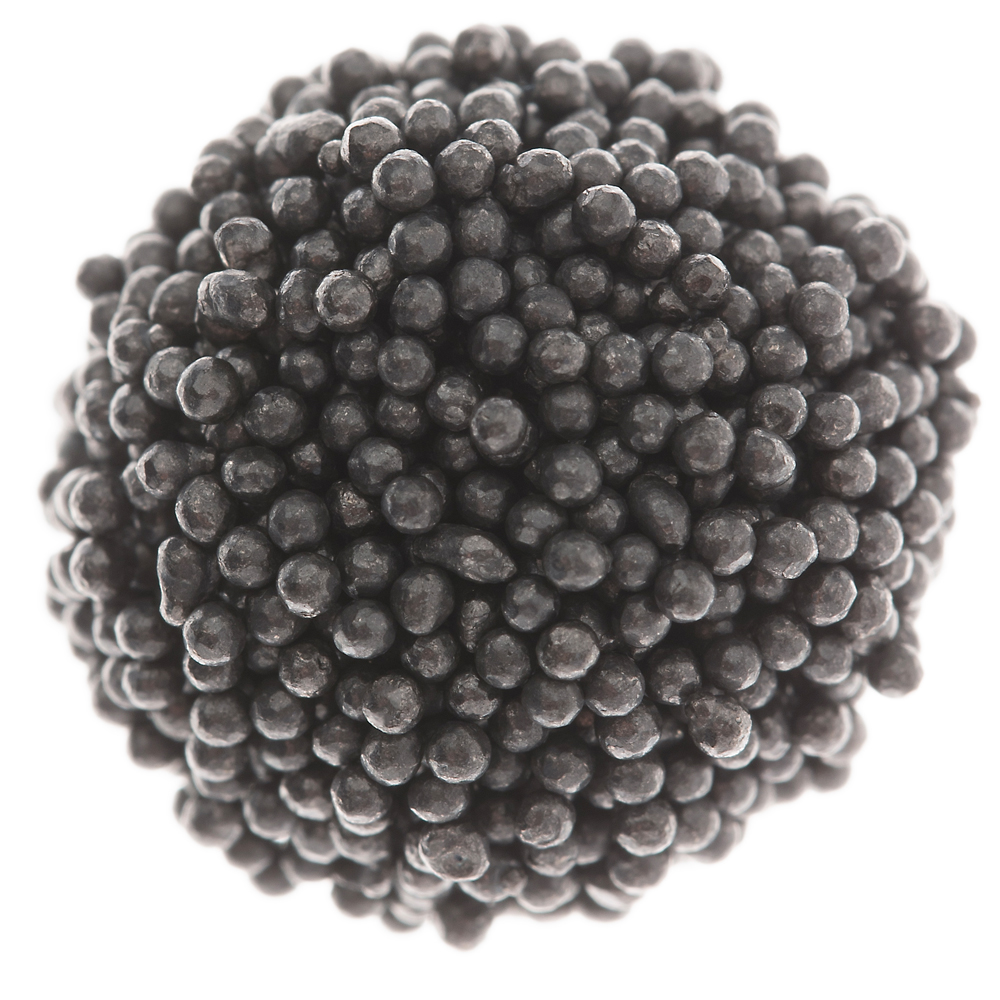

Industrial Applications: Matching Media with Requirements
The selection between cut wire and peening shot often hinges on the specific requirements outlined in the technical specifications of safety-critical parts. These documents frequently dictate the choice of media, based on the desired outcome for the part's surface. In the context of shot peening for pre-stressed parts, industries such as automotive, aerospace, and rail must carefully align their choice of abrasive media with these stringent standards to ensure the safety and performance of the final product.
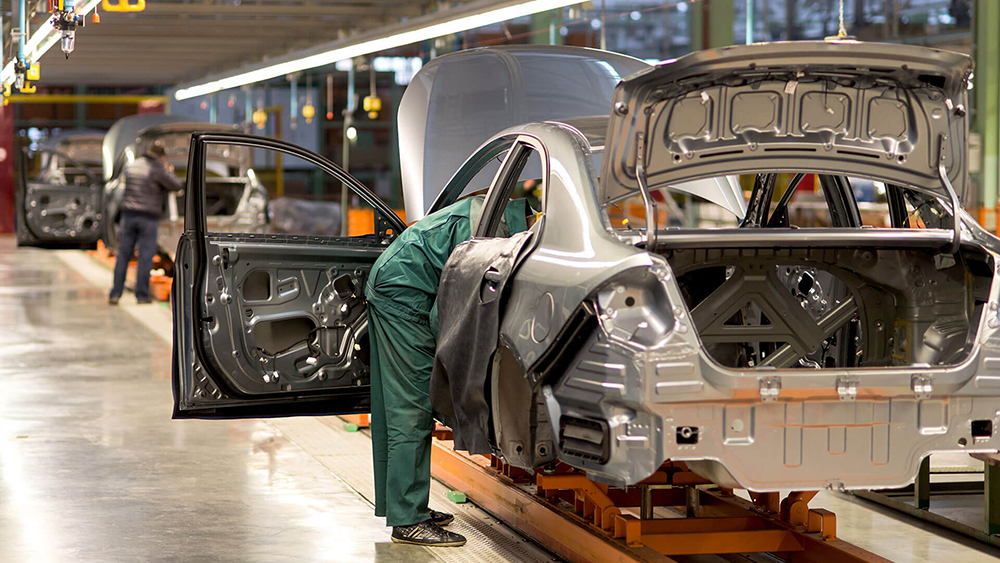

The Necessity of Expert Guidance
Given the complexities involved in choosing the appropriate abrasive media for shot peening, professional consultation and guidance are indispensable. Expert insights can aid in navigating the technical specifications, ensuring that the selected media not only complies with the requirements but also optimizes the shot peening process. This level of support is crucial for industries committed to maintaining the highest standards of safety and quality in their products.
Conclusion
The choice between cut wire and peening shot for industrial shot peening applications is not merely a matter of preference but a strategic decision influenced by performance, longevity, surface finish requirements, and compliance with industry standards. By considering the unique attributes of each media type and seeking expert advice, industries can enhance their shot peening processes, ensuring optimal results that meet the rigorous demands of safety-critical applications.



